Ford Goes Global With New Focus; What Does It Mean for America?

We appear to be entering into a minor renaissance for modestly sized cars, thanks largely to global influence and technological advancement. The timing couldn’t be better, either — with crossovers usurping more of the market every day, these little scamps need all the help they can get. That’s especially true of small cars with declining sales. Like, say, the Ford Focus.
While the third generation of the model enjoyed a massive sales surge in its rookie season, it’s been losing volume ever since. That’s to be expected of any maturing model, but the Focus went from 245,992 U.S. deliveries in 2012 to just 158,385 in 2017. So Ford is setting up the fourth generation on its new C2 platform, regardless of what country it’s sold in, as well as some big changes in terms of equipment and styling.
However, we’re left wondering how these updates will translate when the model makes it way to North America. The new Focus hits the streets of Europe and China later this year, but won’t arrive in the United States until the second half of 2019, presumably as a 2020 model. That gives Ford time to adapt the vehicle but, with the exception of some powertrain changes, we’re not entirely sure what to expect.
Euro and Chinese-spec Focuses (Foci?) come with 1.0 and 1.5-liter gasoline motors or 1.5 and 2.0-liter diesel motors. Ford lists a manual transmission and eight-speed automatic. The C2 platform also allows for electrification, though Ford hasn’t said anything on BEVs or hybrids yet. Trim options include Vignale, ST, Active, and the upscale Titanium for Europe, while China seems to only get ST and Titanium in addition to a base model.
Active is probably the most curious trim. By adding ground clearance and body cladding, Ford essentially converts the Focus into a crossover (like it did with the Fiesta Active). With so many SUVs already on offer, we’re not sure the company would bring something like this to the States, but we can’t rule it out.
Aesthetically, the model takes on a more curvaceous design. Haunches are more pronounced and folds have been smoothed, but the overall shape remains familiar. There’s also an LED swoosh that runs through the headlamps, making it easily to distinguish from the old model at night. We’re sure most will think it’s a subtle improvement, while those who oppose it will still find it tolerable.
On the inside, Ford promises more comfort and space than the outgoing model. An electric parking brake (yuck) and rotary shift dial (gross) frees up front-seat space and provides easier access to storage containers and cup holders. Meanwhile, Ford moved a bunch of switches to the touchscreen, making for a narrower center console that has soft points for knee comfort. Available as a SYNC3-equipped 8-inch unit, Ford made no mention of the standard screen’s size. Regardless, we’re hoping the Focus retains some of the more important knobs and buttons. Touch controls are great, but not everyone likes them and a poor execution can make a vehicle extremely difficult to enjoy.
Ford says that, despite the longer wheelbase, the new Focus’ overall dimensions remain unchanged. Thanks to that altered wheelbase and a flatter floor, rear passengers will be treated to an additional 2.4 inches of shoulder space, 2 inches of knee clearance, and 2.8 inches of legroom compared the old model. Storage is also up on the hatchback; with the seats folded, the wagon is capable of housing 58 cubic feet of junk. While impressive, there were no specs provided on the standard 5-door, so we’re not ready to assume a gargantuan improvement across the board.
Technical updates abound on the 2019 Focus. However, unlike Toyota, Ford hasn’t said it will offer them as standard equipment — availability will vary by region. That’s fine by us, especially if you’re not into occasionally intrusive driving aids. This could also be part of the brand’s cost-cutting strategy. Ford said it’s reducing the number of configurations by as much as 92 percent versus the previous Focus as a way to minimize cost and complexity. Meanwhile, Toyota is busy cramming Safety Sense into a lot of its new models. Ford could still do this with its own electronic aids for the U.S. market, but has yet to say anything definitive.
Whether or not any of it becomes standard, America should at least have the option to purchase a Focus equipped with adaptive cruise control and stop and go functionality, sign recognition, automatic lane-centering, advanced parking assist, and evasive steering assist. The best item has to be Ford’s adapting lighting system, which uses a front-mounted camera to “steer” headlights to where you need it. It’s also supposed to account for road signs, which we hope means it won’t try to shut down the high beams whenever you come within 10 miles of a reflective one.
Lastly, FordPass will allow drivers to monitor their vehicle via phone. It’ll help them start it when it’s cold, find it when it gets lost, and remotely lock the doors. There are other niceties, like a hands-free tailgate and a panoramic sunroof on the wagon, but we’ve no idea what will arrive in America. Ford will let us know more closer to the model’s U.S. launch date, which is still over a year away.
[Images: Ford Motor Co.]

A staunch consumer advocate tracking industry trends and regulation. Before joining TTAC, Matt spent a decade working for marketing and research firms based in NYC. Clients included several of the world’s largest automakers, global tire brands, and aftermarket part suppliers. Dissatisfied with the corporate world and resentful of having to wear suits everyday, he pivoted to writing about cars. Since then, that man has become an ardent supporter of the right-to-repair movement, been interviewed on the auto industry by national radio broadcasts, driven more rental cars than anyone ever should, participated in amateur rallying events, and received the requisite minimum training as sanctioned by the SCCA. Handy with a wrench, Matt grew up surrounded by Detroit auto workers and managed to get a pizza delivery job before he was legally eligible. He later found himself driving box trucks through Manhattan, guaranteeing future sympathy for actual truckers. He continues to conduct research pertaining to the automotive sector as an independent contractor and has since moved back to his native Michigan, closer to where the cars are born. A contrarian, Matt claims to prefer understeer — stating that front and all-wheel drive vehicles cater best to his driving style.
More by Matt Posky
Latest Car Reviews
Read moreLatest Product Reviews
Read moreRecent Comments
- Make_light I like Subarus, and I often think they don't get enough credit for how they drive. Lots of people say it's the faux-rugged image that accounts for their popularity, but they also drive with a solidity and plantedness that's absent from a lot of the Japanese competition. That being said, this thing is ugly. I never felt that Subarus were as ugly as commenters claim they are. Boring, sure, but not necessarily ugly. But between this and the refreshed Legacy, it's like they're trying to make their vehicles look as incohesive and awkward as possible.
- SCE to AUX I think the 2.2 was a pretty durable engine.
- Rochester We'll probably be trading in our 2018 Touring Edition Forester for the next model, and are waiting to see what the Hybrid is all about. Would be nice if they disclose whether or not it will be a plug-in Hybrid.
- CEastwood I have a friend who drives an early aughts Forrester who refuses to get rid of it no matter all it's problems . I believe it's the head gasket eater edition . He takes great pains regularly putting in some additive that is supposed prevent head gasket problems only to be told by his mechanic on the latest timing belt change that the heads are staring to seep . Mechanics must love making money off those cars and their flawed engine design . Below is another satisfied customer of what has to be one of the least reliable Japanese cars .https://www.theautopian.com/i-regret-buying-a-new-subaru/
- Wjtinfwb 157k is not insignificant, even for a Honda. A lot would depend on the maintenance records and the environment the car was operated in. Up to date maintenance and updated wear items like brakes, shocks, belts, etc. done recently? Where did those 157k miles accumulate? West Texas on open, smooth roads that are relatively easy on the chassis or Michigan, with bomb crater potholes, snow and salt that take their toll on the underpinnings. That Honda 4 will run forever with decent maintenance but the underneath bits deteriorate on a Honda just like they do on a Chevy.




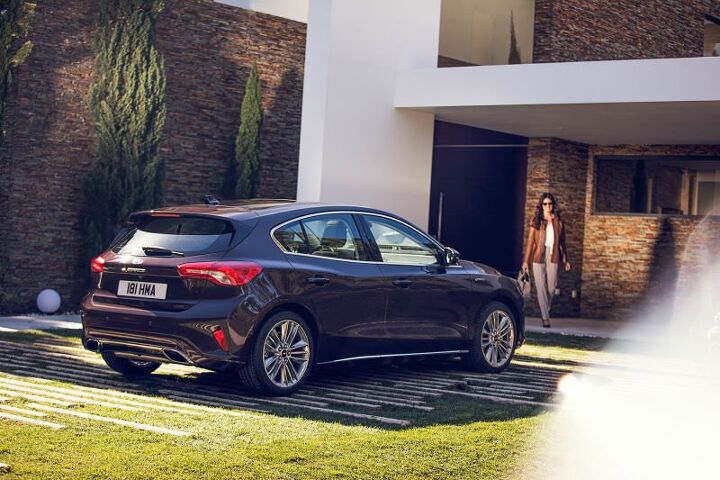
















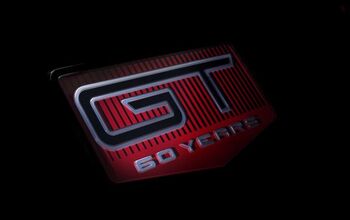
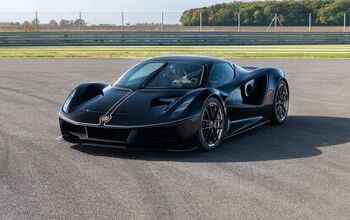
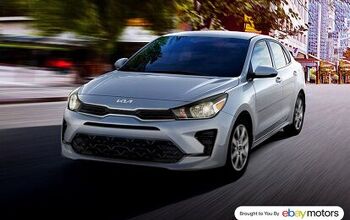
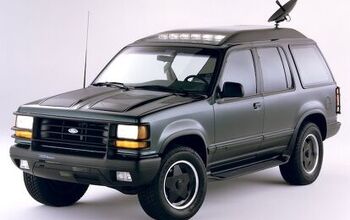
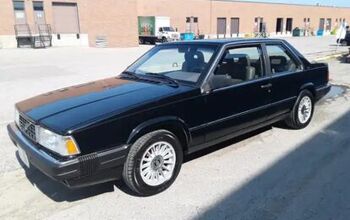
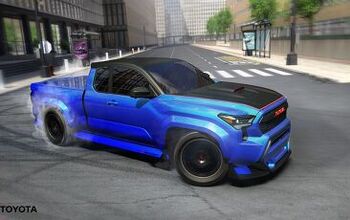
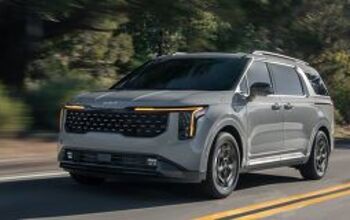
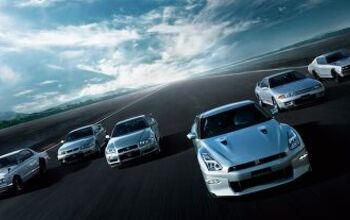
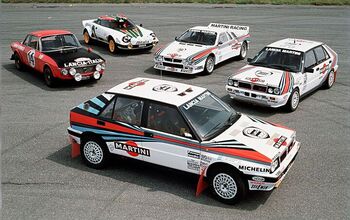
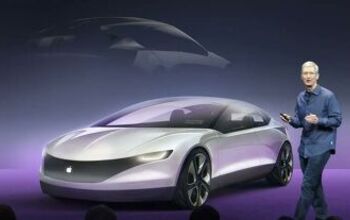

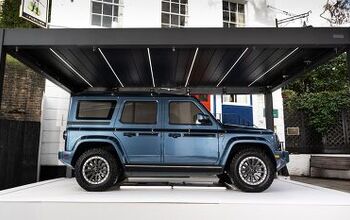
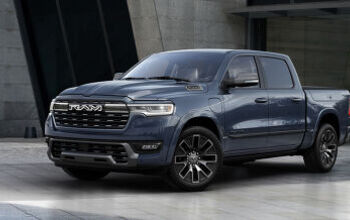
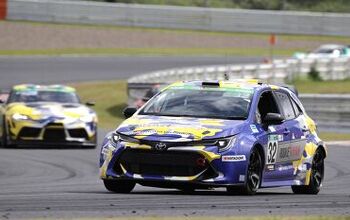
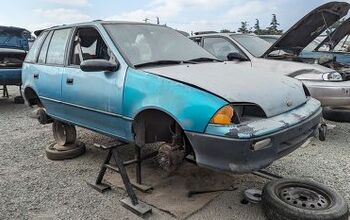
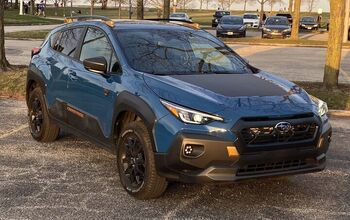
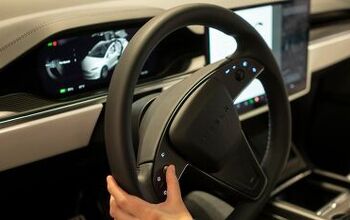
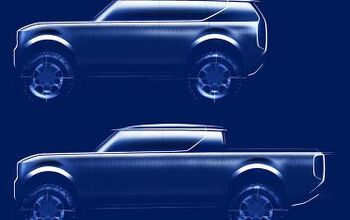
Comments
Join the conversation
Yeah, this falls deep into the category of TMI, but I just abused myself while looking at that wagon. Normally I do that while looking at the Mondeo wagon, but I prefer them a little more petite. On the other hand (sorry, unintended pun there…) adaptive cruise control, stop and go functionality, sign recognition, automatic lane-centering, advanced parking assist, evasive steering assist, monitor their vehicle via phone, start it when it’s cold, find it when it gets lost, remotely lock the doors… I have two words for the people who desire this stuff: BUS PASS. (Though I have the headlights that pivot around corners in my MKZ and I do like those. Though at my age I’m afraid to go out at night so there’s that.
Judging by the comments here you'd think China is the only country manufacturing Foci. Aren't they made in South Africa, Thailand, EU as well as China. This does highlight one thing about the US car market. Amercian's only want to pay sh!t for a car or vehicle overall, hence many cars will be sh!t. Hence the issue with manufacturing Foci or any other small vehicle in the US and the relatively low end BOF SUVs and pickups. Most other manufacturers of large SUVs produce better quality vehicles. It's all well and good to whine, but look at your expectations in a vehicle and what you receive. I wonder why you guys get the cars you do?